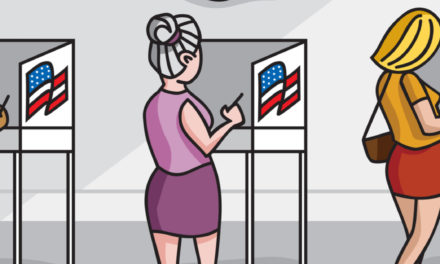
Important 529 Plan Facts You May Not Know
A 529 plan is a highly advantageous way to save for a child’s or grandchild’s college education or pay for elementary or secondary school tuition. Earnings grow tax-deferred and avoid federal—and, in most cases, state—income tax when used to pay for qualified education expenses.
To view the full article please register below:
Important 529 Plan Facts You May Not Know
A 529 plan is a highly advantageous way to save for a child’s or grandchild’s college education or pay for elementary or secondary school tuition. Earnings grow tax-deferred and avoid federal—and, in most cases, state—income tax when used to pay for qualified education expenses.
Withdrawals from a 529 not used for qualified education expenses are subject to a 10% tax penalty in addition to ordinary federal and state income taxes on earnings.
Of course, this is nothing you don’t already know. But, did you know…?
Ten Little-Known 529 Facts
- The cost of registered apprenticeship programs (for example, engineering or manufacturing) can be paid with 529 savings.
- Unused 529 balances can be transferred from one beneficiary to another tax-free.
- A 529 plan can be rolled over to a different state plan. This tax-free rollover is limited to once every 12-month period for the same beneficiary.
- Funds may be used to pay for tuition at certain international schools. Check out the U.S. Department of Education’s list of qualified higher education institutions.
- Gap year and college credit classes are qualified education expenses. If a child wants to participate in a gap year program partnered with a college or university (e.g., study abroad, wilderness survival), those expenses can be met with 529 savings.
- In situations where a child receives a scholarship or grant, an equal amount can be withdrawn from the 529 without incurring the 10% tax penalty. Other instances of withdrawals that can avoid the 10% penalty include if the student attends a U.S. military academy, dies or becomes disabled, or receives funding help from a qualifying employer-assisted college savings program.
- 529 assets can be used to pay off up to $10,000 in certain student loan debt.
- In cases where a beneficiary does not go to college or there are remaining funds, the ownership of a 529 can be transferred to the beneficiary for him or her to decide what to do with the funds.
- A 529 plan does not expire. So, if the original beneficiary doesn’t go to college, the funds can be used to pay for a grandchild’s schooling.
- 529 assets may be transferrable to an Achieving a Better Life Experience (ABLE) account in the event a child becomes disabled to help pay for expenses related to his or her disability.
As a financial advisor can readily see, many of these little-known facts make 529 plans an exceptionally flexible financial solution that should widen their welcome and usage among clients.
Please reference disclosures: https://blog-dev.americanportfolios.com/disclosures/












